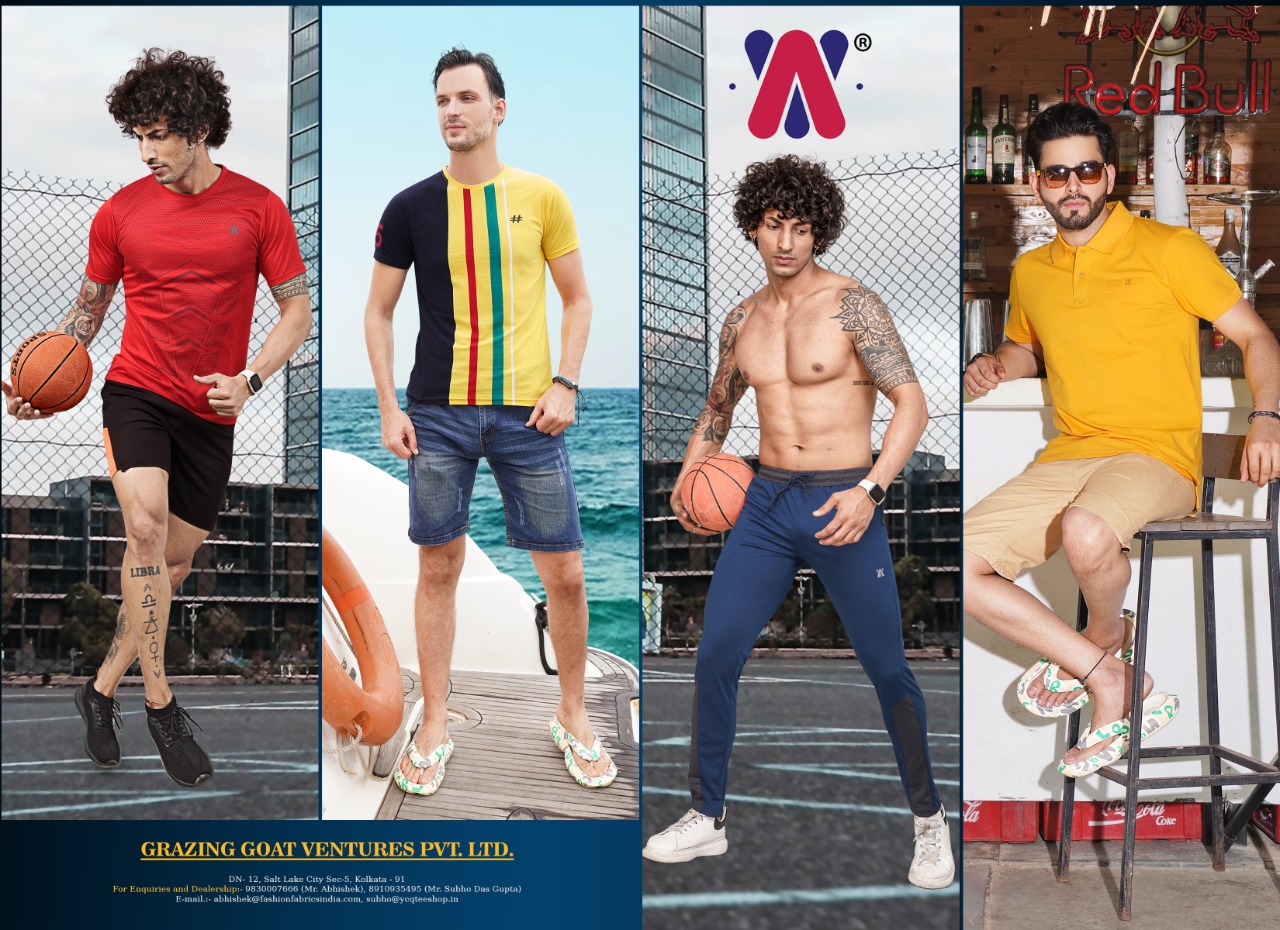There are a lot of factors that people consider when it comes to t shirt fabrics. Each fabric has its various pros and cons, and no hard evidence seems to show that one is better than the other – you just have to make sure that you choose the right one for you. The fabric plays a big part in not only the design and printing, but in the way it feels and the way it’s worn. Some t shirt fabrics hold colour better than others, and others will last longer. If you know the difference between the fabrics, you’re going to make a better decision.
People have been left in the dark when it comes to understanding clothing labels – until recently. T shirt labels can be uncomfortable and annoying, and sometimes cutting them out seems to be the only option. However, with the rise of brand transparency, consumers are now given the option to truly understand the labels in the clothes they wear daily and what they really mean. It also means that the labels should be helpful. Most often, labels communicate three things: the care instructions, the brand logo, and most importantly, the materials that were used to create the T-shirt.
What Are Your T Shirts Made From?
T shirt fabric has a significant impact on the environment as well as the quality of the clothing. Everyone wants high quality, the best fabric, as well as long-lasting comfort. Material can be a little confusing for the consumer, which is why there is no real ‘right’ answer for the consumer about what their clothing should be made from. Let’s take a look at the most common materials for t shirt fabrics as well as their individual pros and cons.
Cotton
Cotton is the most common type of fabric that is used to make t shirts, but you should remember that there are a few different types of cotton that can be used for shirt production.
Types of Cotton:
- Combed cotton is created when short strands are eliminated, then fine brushes straighten the fibers. This makes the fabric softer, smoother, and stronger. It makes for a better material for printing.
- Organic cotton is a softer, more comfortable and a popular option. It’s more expensive than regular cotton, and the cotton is grown without many fertilizers or pesticides.
- Pima cotton is known to be the highest quality cotton that money can buy, with extra long fibers which ensure the softness of the t shirt fabric. Pima cotton is durable – it resists pilling, fading, and stretching. Supima is the same type of cotton as Pima, but it’s specifically grown in the US.
- Slub cotton is a type of cotton that looks like it has slight lumps in the fabric. This is created before the cotton is weaved, where the cotton is twisted, and the twists are irregular. Slub cotton is unique – it’s light, airy and does not cling to the body. It’s also naturally textured, which means that there is no need to iron it.
Pros of Cotton T Shirts
Cotton:
- Is a natural material
- Is a renewable resource
- Is breathable
- Is great for sensitive skin
- Is extremely soft
- Doesn’t require chemicals
Sounds Great! Are There Any Cons to Cotton T shirts?
Cotton:
- Is more expensive to produce
- Needs more water to produce
- Needs land to grow it
- Has a higher cost to the consumer
- Is prone to damage
Linen
There are a lot of t shirts that are made with linen. It comes from the flax plant, and the weave is textured. It’s such a popular choice for summer clothing because of the breathability and it’s lightweight properties. Linen is also moisture-wicking and dries quickly. Although it’s a great summer material, it can easily wrinkle.
Polyester
Another common fabric used for t shirts is Polyester. It’s quick drying and doesn’t mildew. It also maintains its shape without stretching. Most athletic apparel companies use polyester in their t shirts. Polyester is synthetic and includes fabrics like nylon, acetate, and acrylic.
Polyester is durable, drying fast after a wash. It’s also flexible, cost effective, can potentially be recycled, and can blend with cotton. Along with these positive attributes some some negative effects unfortunately. Polyester doesn’t break down quickly, doesn’t breathe easily, and it can release plastic microfibers when it’s being washed which in turn cause water pollution.
Lycra
Lycra is the best-known name, but really it’s Spandex which is an additive to other t shirt materials. It’s used to give t shirts more room to stretch, and it’s found in athletic wear more than anything else because of the ease of movement.
ten instructions, too, but it’s also easier to fit a handful of pictograms on a label rather than a paragraph or two of washing details. At the same time, copyrights exist for some of the symbols, so they’re not all international or universal.



